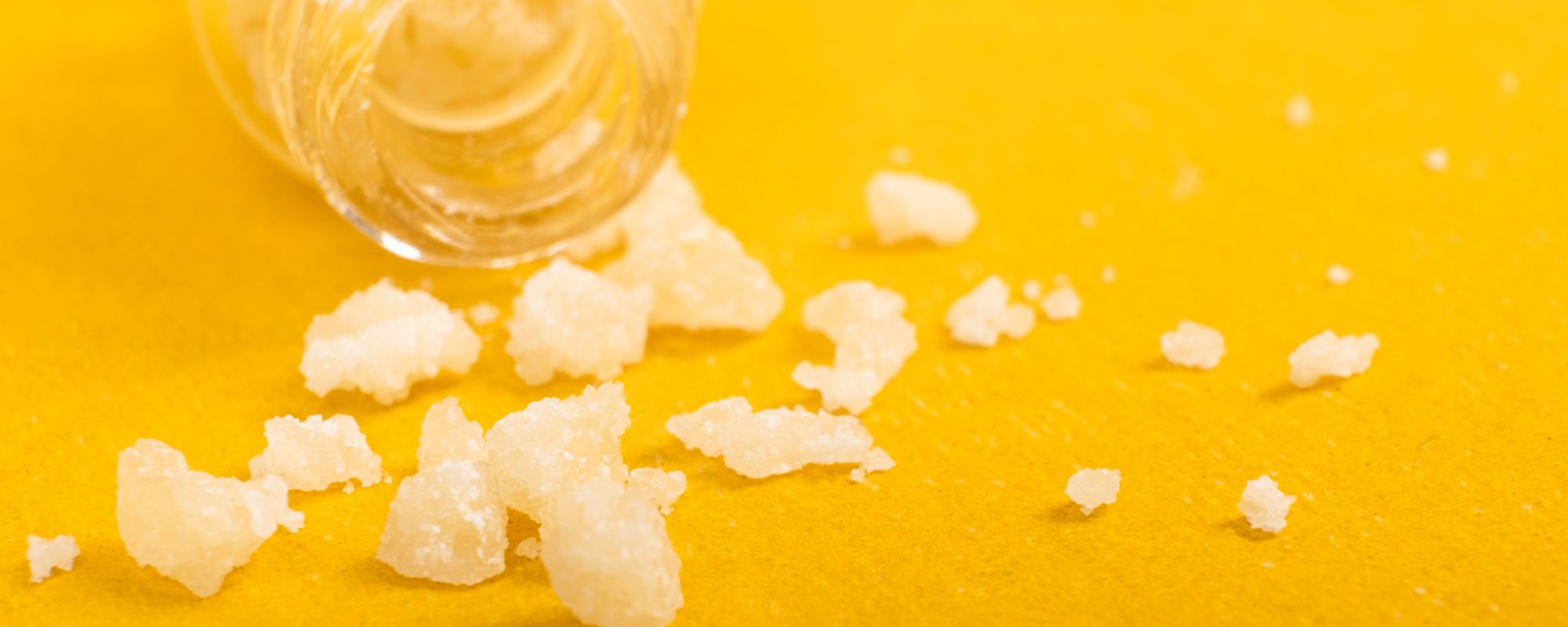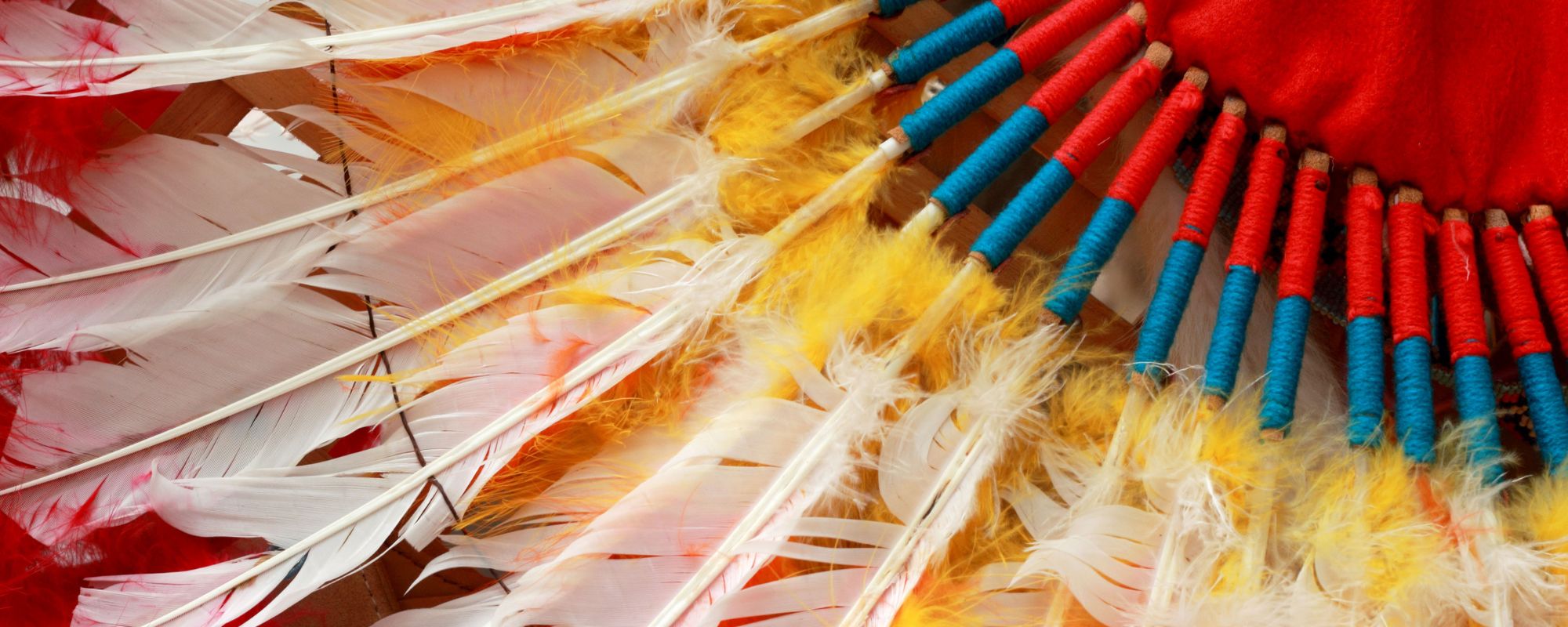Cultural Practices in Native American Substance Abuse Treatment
Cultural practices of Native American communities offer a path to holistic healing during treatment for addiction. Native American programs introduce tribal and non-tribal guests to tribal knowledge to promote the belief that healing is possible through cultural empowerment. While participating in cultural practices, guests heal from generational trauma and develop a healthy cultural identity.
The Benefits of Cultural Practices for Native American Recovery
Royal Life Centers aims to introduce tribal and non-tribal individuals to the holistic healing benefits of Native American cultural practices. To ensure that our Native American substance abuse treatment program is culturally competent, we draw from the White Bison organization. As a Wellbriety-certified treatment center, we are able to provide culturally competent Native American substance abuse treatment.
Through our Native American Program (NAP), we address the mental and behavioral health risk factors involved with drug and alcohol abuse. We do this through culturally competent activities and courses in treatment. Our hope is that Native American healing rituals will help guests develop healthier habits. Our program’s cultural practices encourage holistic growth that benefits our guests, their families, and their communities.
Drum Circles
During our Native American Program, drum circles are extremely beneficial tools for tribal healing. Traditionally, songs performed in a drum circle can be in English, a Native language, or vocables. Vocables, chant-like syllables without defined meaning (we-ah-hey-a), help define patterns of repetition within songs. Each drumming song is specific to the founding tribe, passed on from generation to generation over hundreds of years.
Simply put, drum circles symbolize the heartbeat of Mother Earth. Loud and large drums accompany a group as they dance, sing, and honor Native culture. In practice, the booming drums carry the beat as guests sing their thanks into the universe.
Building Trust and Connection in Drum Circles
Within Royal’s NAP, drum circles act as a holistic healing practice that rejuvenates the spirits of our guests. As the wind carries your prayers into the open air through song, drum circles reinvigorate your connection to yourself and others. During this Native American healing ritual, you join with other guests in the circle to bond over a mutual appreciation of Native culture.
Following tradition, drum circles in our Native American Program offer a space free from any power or social ranking. Drum circles symbolize equality and instill a sense of respect and connection as guests contribute to the rhythm of the group. During a drum circle, you join others in beating along to the rhythm as you become one with the song.
In Native culture, the drum circle is a space for the drum, a sacred tool, to bridge the gap between heaven and earth. As you maintain your role as the drummer, the beat syncs to Mother Earth’s heart. This allows your mind and spirit to absorb the healing vibrations.
Drum Making
The cathartic process of drum making is a long-honored tradition within Native American healing. As you participate in this Native practice, you create a physical representation of culture, celebration, and community. As a result, drum making awakens and empowers the hearts of people in Native American substance abuse treatment.
While you learn from our NAP group facilitators and craftspeople, you will experience the spirituality of creation. Our NAP coordinators teach the importance of respect by honoring the spirits of the wood and animals. You also learn the value of gratitude as you join bark and hide together in perfect union to create a beautiful instrument. More than that, you create a musical mouthpiece for self-expression.
All of our guests learn the ways of Native American drum making through respectful intentions that concentrate on tribal healing. As guests craft the native instrument, the process evokes a sense of pride and accomplishment.
The cultural practice of drum making also illustrates the time, energy, and patience required to achieve your goals in recovery. While you progress through the steps, you learn healthy ways to push past obstacles and create meaningful work. Once the drum is complete, you can appreciate a piece of art that doubles as a functional tool for healing.
With a clear mind, heart, and energy, you process your emotions in a healthy and productive environment. By participating in drum-making courses, you will find that culture helps to rekindle your connection to the universe.
Native American Drums Used in Cultural Practices
- Powwow drum – The broad base of the powwow drum is usually cedar bark, a highly respected wood in Native culture. As with most native drums, the drum’s head is also buffalo or deer hide. Created as a group instrument, the powwow drum is much larger than a typical drum. The exaggerated size of the drum invites participation from the entire community during cultural practices such as drum circles.
- Hand drum – The most common drum in Native American cultural practices is the hand drum. Hand drums come in all shapes and sizes. Depending on the hand drum, you can pat with your hand or beat the hide with a mallet. Most hand drums have animal rawhide stretched to fit either side of a wooden base.
- Foot drum – Although foot drums have fallen out of use in most Native tribes, the Aztec and Hopi people continue to use these instruments for ceremonies and cultural practices. Made from hollowed-out logs, people position foot drums over wood pits and strike the top to produce sound.
- Water drum – Used most in the cultural practices of the Iroquois and the Yaqui tribes, water drums derive their unique sound from the water vibrations produced as the instrument is struck. The tone elicited from the drum is dependent on the amount of water held inside.
Beadwork
One of the best-known Native American cultural practices is beadwork. In the past, Native ancestors crafted bead designs from natural materials, fashioning them into accessories like necklaces. Even now, beadwork symbolizes Native American pride and celebration.
Royal incorporates beadwork into our Native American substance abuse treatment program to provide tribal healing through the arts. During beadwork groups, you work with your hands and minds to learn the beading process. Under the guidance of our NAP group facilitators, you develop the time and patience it takes to create native artwork.
Developing Patience and Progress in Beading Groups
Making pieces of art can be a new challenge never faced before by some of our guests. In that case, you can use these roadblocks in our NAP as an opportunity to self-soothe and persevere through challenges. Our safe and empathetic groups allow you to practice the coping skills you learned in research-based therapy groups.
Beadwork blends your unique style with the cultural practices of Native communities, making it the perfect space for self-expression. In fact, this cultural practice encourages you to draw from your personal interpretation of the recovery journey. Your recovery can become a source of inspiration for the beaded design. Naturally, you deepen your inner strength and resolve in recovery, allowing your newfound patience to extend out into every area of your life.
Native Beading Practices and Cultural Self Expression
For centuries, Native American beads were much larger, laboriously sanded down with simple tools of stone or wood. Following the introduction of Europe’s colorful glass beads, there was an explosion of beadwork across North American communities. Beadwork became so popular that the cultural practice reached tribes in the most remote parts of North America.
Today, cultural practices using beadwork symbolize the Native American heritage. To preserve Native American culture, we continue to incorporate beadwork on regalia worn at traditional celebrations such as drum circles or powwows.
Commonly beaded Native American clothing includes:
- Moccasins
- Jewelry
- Cuffs
- Armbands
- Chokers
- Headbands
- Hats
- Ties
- Belts
During a powwow ceremony, dancers are illuminated with brightly colored beadwork. Outside of traditional ceremonies, Native people wear beaded headbands as decoration for their hats. More recently, Native Americans integrate beadwork into everyday clothing and accessories.
While beadwork may seem inconsequential, the cultural practice is a simple yet strong reminder of Native people’s long-standing traditions. Beadwork also highlights the importance of sustaining a connection with tribal ancestors.
Smudging
Within our Native American Program, we guide guests through smudging ceremonies to provide spiritual and emotional relief. Smudging is one of the Native traditions used to purify the body, aura, and energy of ceremonial or personal space. There are several ways in which Native American programs conduct a smudging ritual, however, the core ideals of this “smoke bath” remain the same.
Within a smudging ceremony, guests in our Native American program burn dried herb clippings with the intention of healing. As the herbs burn, the spirits of the sacred plants remove negativity and restore balance. For the most part, smudging preparation begins by tying the dried plants into bundles.
Our NAP group facilitators guide you through the act of smudging, offering instructions on how these bundles are lit and burned on one end. Certain smudging methods also use loose herbs, burning the plants in a large clay bowl, burning wood, or over live charcoal. During a smudging session, you guide the smoke around your body while paying special attention to areas that need more spiritual healing.
As you maneuver the smoke, you are welcome to pray to the Creator and spirits for guidance in your recovery journey. In doing so, the herbs begin to cleanse the negativity from your spirit while inviting positivity to take hold.
Smudging Plants Used In Cultural Practices
Native American smudging rituals must be practiced with care because the exercise creates an open line of communication with the spirit world. For this reason, all of our trained facilitators make sure to express the importance of being fully present and focused throughout the smudging process. In fact, Native tradition believes that smudging can only be effective if you honor the ritual with the utmost respect.
Traditional smudging plants include:
- Sage is the most ubiquitous herb used in smudging rituals. The herb’s scientific name, Saliva, originates in the Latin word “salavre,” which describes the feeling of health. During Native American healing rituals, sage smudging is typically associated with the gift of wisdom, clarity, and strength as it purifies your spirit.
- Sweetgrass is regarded as the hair of Mother Earth. Widely used in Native American healing practices, sweetgrass smudging carries your prayers into the spirit world, the smoke translating your intentions as it rises. Also termed “holy grass,” the herb elicits sweet-scented smoke as it greets a flame.
- Cedar, a vital resource for weaving Native garb, is known for its cleansing properties in smudging. When using the tree bark for Indigenous healing, cedar eliminates evil spirits within people, places, and objects, restoring the natural order. As a universal equalizer, cedar offers you balance, positivity, and a human-spirit connection.
- Tobacco is a highly sacred medicine plant within cultural practices because it acts as the bridge between the human and spiritual worlds. Tobacco smudging rituals signify your gratitude and commitment to native beliefs. As your tobacco burns, you receive support from the spirits in return for your tribute.
Native Medicine and Gardening
Native medicine and gardening blend cultural practices of naturopathic healing with research-based therapy techniques to promote holistic growth. Within our medicine and gardening course, Royal applies holistic approaches found in native herbal interventions. During gardening groups, you participate in a hands-on learning experience that exposes you to the holistic benefits of natural, nonaddictive plants.
Done through the lens of interconnectedness, our native medicine groups help you develop a healthier perspective and unified identity with nature. In essence, native medicine offers a simple but powerful way for you to witness the power of plants and their healing abilities. As you participate in these cultural practices, you will also revitalize your sense of connection to your cultural and individual identity.
The Cultural Significance of Medicinal Plants
The development of Native American medicine extends back over 40,000 years throughout more than 500 nations. The traditional principles of native medicine focus on the balance between nature and health. In order to keep their people in good health, Native communities utilized naturopathic medicines and remedies for centuries.
Native American healing rituals involving medicinal plants have also been a staple throughout tribal communities for centuries. These cultural practices provide tribal members with sustainable resources for food and medicine. As such, culturally competent gardening practices are the backbone of the Native American way of life.
Tribal healing through gardening connects you to those who have come before you. In turn, you learn how to care for the earth and yourself as you grow traditional native food and medicine.
Sweat Lodge Ceremonies
Traditionally, sweat lodge ceremonies are held in a dome-shaped space to experience healing within a sauna-like environment. The lodge is typically a wood-framed structure made from harvested branches of a tree. Hot rocks are central to the sweat lodge, nestled inside a hollowed-out pocket in the Earth. Throughout the sweat, water is poured over the heated rocks to evoke steam.
Healing benefits of sweat lodge ceremonies include:
- Mental healing – space void of distraction for introspection and clarity
- Physical healing – antibacterial wound-healing
- Spiritual healing – connection to nature and the spirit world
- Emotional healing – tranquil sanctuary to connect with the self and the spirits
Royal’s sweat lodge ceremonies also benefit your physical health by stimulating your blood circulation and detoxifying your body as you sweat out impurities.
The Wiping of the Tears Ceremony
The ceremony “Washigila,” or The Wiping of the Tears, calls upon the spirits of tribal ancestors to return to Earth to help heal your pain. As the sacred songs ring out into the open air, you pray for guidance. The ceremony, Wiping of the Tears, brings closure to grief and loss. In this way, the cultural practice makes way for a revival of strength and solace.
Using cedar, tobacco, and song, the ceremony carries your prayers and wishes to the Creator as it cleanses the space of any spiritual negativity. This ceremony is an expression of compassion and love for all human beings as expressed through traditional native beliefs.
Reach Out To Join Native American Substance Abuse Treatment
Want to learn Native American cultural practices that can help you reconnect to yourself and ancestral traditions? At Royal Life Centers, it is our sole mission to supply you with the addiction treatment services best suited for you. The cultural offerings in our Native American programs for substance use disorder will help you discover a holistic path to healing.
If you or a loved one is struggling with substance abuse, please feel free to contact us at 877-RECOVERY. Our admissions team is available 24/7 to assist you through this time and find hope in recovery.






